45 what are nutrient claims on food labels
Nutrition, health and related claims - Food Standards Food businesses self-substantiating a food-health relationship must notify us of the relationship before making a claim on food labels or in advertisements. ... The Nutrition Profiling Scoring Calculator helps food businesses determine a food's nutrient profiling score. Food businesses must meet other conditions in the Standard before they can ... Nutrient Claims on Food Labels - Food Smart Colorado Nutrient content claims describe a food and the level of a particular nutrient in that food. "Low fat" and "High fiber" are both examples of nutrient content claims. These types of claims usually appear on the front of a package and are regulated by the Food and Drug Administration (FDA).
What are Nutrient Content Claims on food labels? - Nutritionist Pro™ Nutrient Content Claims on Food Panels. List energy, fat, carbohydrates, protein, and sodium. The nutritional information panels are a better guide than advertising. If the product contains food-inducing allergens, the label must say so. Some of the healthiest foods don't have labels, including fresh fruit and vegetables, and fish.

What are nutrient claims on food labels
Nutrient Content Claims on a Food Label - LabelCalc The food product nutrition content must meet the strict guidelines and parameters set forth by the FDA in order to accurately make these nutrient content claims on a food label. For a more in-depth look at nutrient content claims, download this PDF. A Quick Reference Summary of Parameters Guide to Food Label Health Claims - Kay Nutrition Fat provides nutritional value, in the form of fat-soluble vitamins A, D, E and K, helps to balance our blood sugar, keep us fuller longer, and it also gives food flavour. Not only is fat beneficial, but the absence of fat in whole foods typically means the addition of something else. When it comes to processed foods, such as salad dressings or ... Understanding Food Labels | The Nutrition Source | Harvard T.H. Chan ... The FDA has approved 12 health claims on food labels such as the relationship between calcium and osteoporosis; sodium and hypertension; fiber-containing grains, fruits and vegetables and cancer; and folic acid and neural tube defects. However, just because a food contains a specific nutrient that is associated with a decreased risk of disease ...
What are nutrient claims on food labels. Nutrient content claims: what they mean - Canada.ca Table of nutrient-content claims and what they mean. The food provides an amount of a nutrient that is so small it likely won't have any effect on your body. The food is processed/modified so that it contains at least 25% less of the nutrient when compared with a similar product. Contains no added fats or oils or added butter or ghee, or ... Nutrient Claims on Food Labels - Truly Good Foods Nutrient Claims on Food Labels. July 19, 2018. Nutrient claims describe the content of a food, including the amount of nutrients, calories, cholesterol or fiber, but not in exact amounts. ... Daily Values are the basis for nutrient claims. A food which provides 10% or more of the Daily Value for a nutrient per serving is a good source, ... Understanding Food Labels and Health Claims - Nutrition Essentials The Nutrition Labeling and Education Act made it a law that foods sold in the United States have a food label that provides the accurate contents of nutrients within them. This label is called a Nutrition Facts panel, which gives information on the number of servings per container, the number of calories per serving, and certain nutrients. Nutrient Claims on Food Labels Flashcards | Quizlet light/lite. 50% less fat if half or more of the foods calories are from fat; 50% less fat or 33% less kcal if less than half the foods kcal are from fat. fat free. less than 0.5 g per serving. low fat. less than 3 g per serving. reduced fat. 25% less fat per serving than the ref food. lean.
Food Label Claims: What You Can and Can't Trust - WebMD FDA: "Label Claims for Conventional Foods and Dietary Supplements," "Organic on Food Labels," "Producing a Food Product that is Regulated by FDA," "Food Labeling Guide," "Use of the Term "Healthy ... Nutrient Claims on Food Labels | Home & Garden Information Center At least 25% less sugar*. Fiber Claims. (If food is not low in total fat, the label must state total fat in conjunction with the fiber claims.) High fiber. 5 grams or more. Good source of fiber. 2.5 grams to 4.9 grams. More or added fiber. At least 2.5 grams more*. Nutrient function claims - Health claims on food labels - Food label ... For example, the nutrient function claim "Milk helps build strong bones and teeth" is unacceptable, because a nutrient function claim refers to the nutritional function of energy or a nutrient (e.g., calcium) in a food, not a particular food (e.g., milk). An acceptable claim is "Milk is an excellent source of calcium which helps build strong ... Nutrient Content Claim vs Health Claim - LabelCalc Nutrient content claims, which are commonly used on food labels, either refer to the amount of a nutrient in a product or compare the levels of a nutrient in that food to a similar reference food. When referring to the amount of a nutrient in a product, words such as "low," "free," and "high" are often used.
Decoding the Nutrition Label: Health Claims and Nutrient ... The nutrition label includes the Nutrition Facts table, the ingredient list, health claims and nutrient content claims. Health claims and nutrient content ...Nutrient content claim: What it meansLow sodium: The food must have less than 140 ...Contains omega-3 fats: The food must have at ...High source of fibre: The food must have at least ... Food Packaging Claims | American Heart Association There are three categories of claims defined by statute and/or FDA regulations that can be used on food and dietary supplement labels: health claims, nutrient content claims, and; structure/function claims. A "health claim" by definition has two essential components: A substance (whether a food, food component, or dietary ingredient) and Nutrient Claims Reference Chart - Helping You Choose Healthy Foods Less than 0.5 grams of fat per serving. Low fat. 3 grams or less of total fat. Low saturated fat. 1 gram or less saturated fat per serving. Saturated fat free. Less than 0.5 g of saturated fat. perserving and the amount of. trans fatty acids does not exceed 1% of the total fat. Nutrition content claims and health claims - Food Standards Nutrition content claims. Nutrition content claims are about the content of certain nutrients or substances in a food, such as 'low in fat ' or 'good source of calcium'. These claims need to meet certain criteria. For example, food with a 'good source of calcium' claim needs to contain at least the amount of calcium specified in the Standard.
nutrient claims on food labels chapter 2 Flashcards | Quizlet Start studying nutrient claims on food labels chapter 2. Learn vocabulary, terms, and more with flashcards, games, and other study tools.
RL Food Testing Laboratory Urges Food Manufacturers to Start New Mandatory Nutrition Facts Label ...
Nutrient Claims On Food Labels - TheRescipes.info The Food and Drug Administration (FDA) requires that a nutrient content claim on a food package be based on how much of the food most people usually eat or drink. This is called the reference amount. Serving size and reference amount are usually the same. Always check the label because sometimes the serving size and reference amount are different.
PDF Nutrient Label Claims - Veterans Affairs Nutrition Handouts • N23 Version 5.0 Page 1 of 4 Nutrient Label Claims The claims on food labels can be confusing. Knowing what these claims mean can help you choose healthier products. Sugar Claims What does this mean? Sugar Free, Zero Sugar, No Sugar, Without Sugar, Negligible Source of Sugar, Trivial Source of Sugar, Dietarily
Label Claims for Food & Dietary Supplements | FDA Among the claims that can be used on food and dietary supplement labels are three categories of claims that are defined by statute and/or FDA regulations: health claims, nutrient content claims ...
Nutrition claims - Food Safety A claim that a food is low in energy, and any claim likely to have the same meaning for the consumer, may only be made where the product does not contain more than 40 kcal (170 kJ)/100 g for solids or more than 20 kcal (80 kJ)/100 ml for liquids. For table-top sweeteners the limit of 4 kcal (17 kJ)/portion, with equivalent sweetening properties ...
Label Claims for Conventional Foods and Dietary Supplements The Nutrition Labeling and Education Act of 1990 (NLEA) permits the use of label claims that characterize the level of a nutrient in a food (i.e., nutrient content claims) if they have been ...

Overview of the types of nutrition and other claims displayed on food... | Download Scientific ...
Understanding Health Claims on Food Labels - Food Smart Colorado A complete listing of health claims approved for food labels is available here: #2- Nutrient content claims describe a food and the level of a particular nutrient in that food. "Low fat," and "High fiber" are both examples of nutrient content claims. For a table showing nutrient content claims and their meanings, view our handout ...
GUIDELINES FOR USE OF NUTRITION AND HEALTH CLAIMS Food X is high in nutrient or substance A.” 3. NUTRITION LABELLING. Any food for which a nutrition or health claim is made should be labelled with a ...8 pages
Health and nutrition claims on food labels - FoodTruths Nutrition content claims relate to the presence, absence or level of nutrients or ingredients in foods. For example, 'gluten free' or 'high in calcium'. If a nutrition claim is made there are conditions that need to be met, for example; to claim that a product is a good source of calcium there is a required minimum level of the nutrient ...
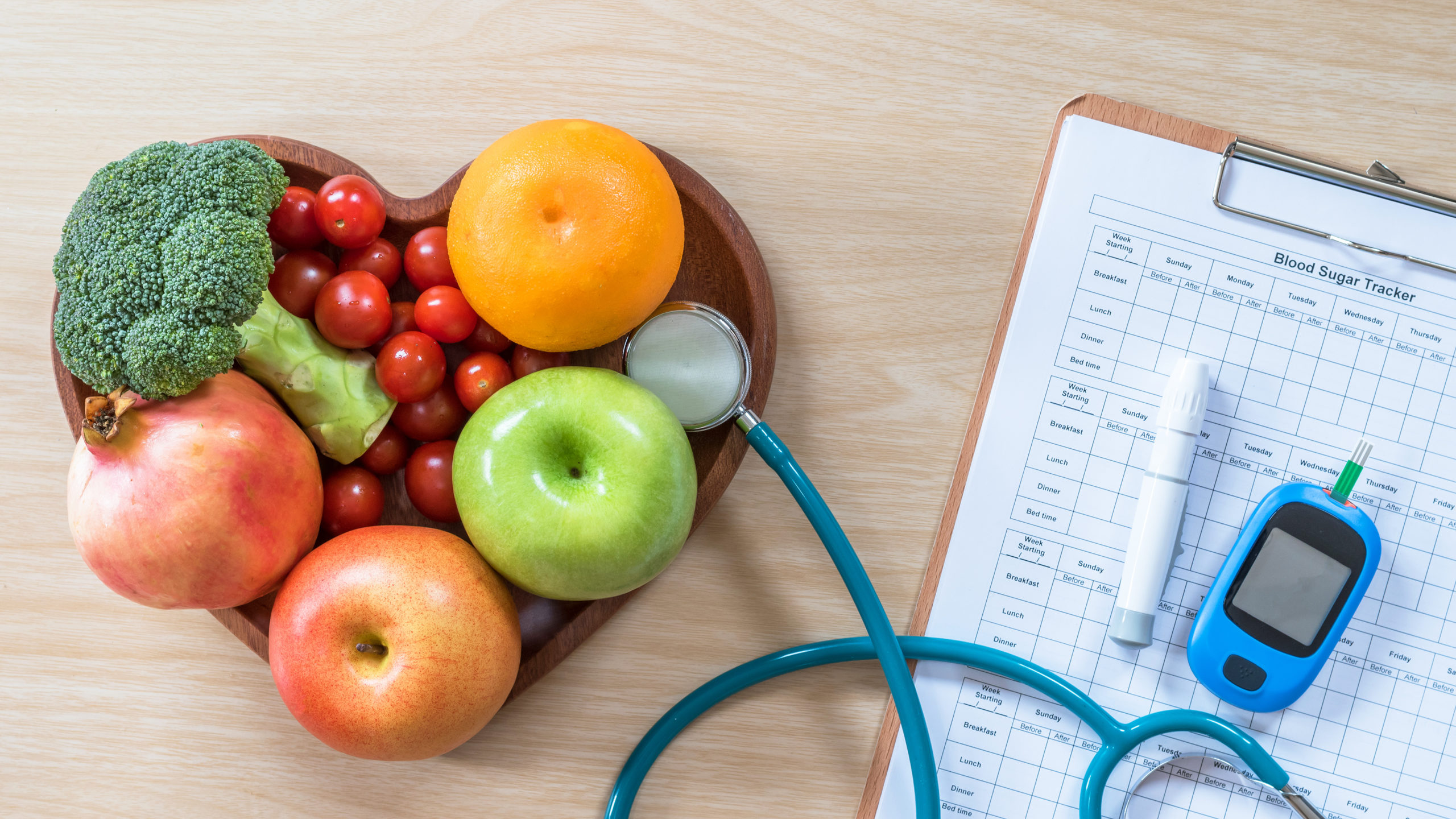
Food Labeling: An Introduction to Nutrient Content, Health, and Other Claims - Food and Drug Law ...
Reading Food Labels (for Parents) - Nemours KidsHealth A food with 5% or less of a nutrient is low in that nutrient. A food with 10%-19% of a nutrient is a good source of that nutrient. A food with 20% or more of a nutrient is high in that nutrient. The information on food labels is based on an median diet of 2,000 calories per day. But the actual number of calories and nutrients that kids need ...
Food Label Nutrient Claims: Is It Really Good for You or Just a Gimmick ... GOOD SOURCE OF: Contains at least 10-19% of the Daily Value of a particular vitamin or nutrient per serving So now that you know what the standards are, double-check the food labels to make sure they match up with the nutrient claim listed. Just do the math and if it doesn't add up, avoid that product.
Nutrition claims - Canada.ca These claims must also follow certain rules from Health Canada to make sure that they are consistent and not misleading. These claims are optional and may be found on some food products. Nutrient content claims describe the amount of a nutrient in a food. A good source of iron is an example of a nutrient content claim.
Understanding Food Labels | The Nutrition Source | Harvard T.H. Chan ... The FDA has approved 12 health claims on food labels such as the relationship between calcium and osteoporosis; sodium and hypertension; fiber-containing grains, fruits and vegetables and cancer; and folic acid and neural tube defects. However, just because a food contains a specific nutrient that is associated with a decreased risk of disease ...
Guide to Food Label Health Claims - Kay Nutrition Fat provides nutritional value, in the form of fat-soluble vitamins A, D, E and K, helps to balance our blood sugar, keep us fuller longer, and it also gives food flavour. Not only is fat beneficial, but the absence of fat in whole foods typically means the addition of something else. When it comes to processed foods, such as salad dressings or ...
Nutrient Content Claims on a Food Label - LabelCalc The food product nutrition content must meet the strict guidelines and parameters set forth by the FDA in order to accurately make these nutrient content claims on a food label. For a more in-depth look at nutrient content claims, download this PDF. A Quick Reference Summary of Parameters


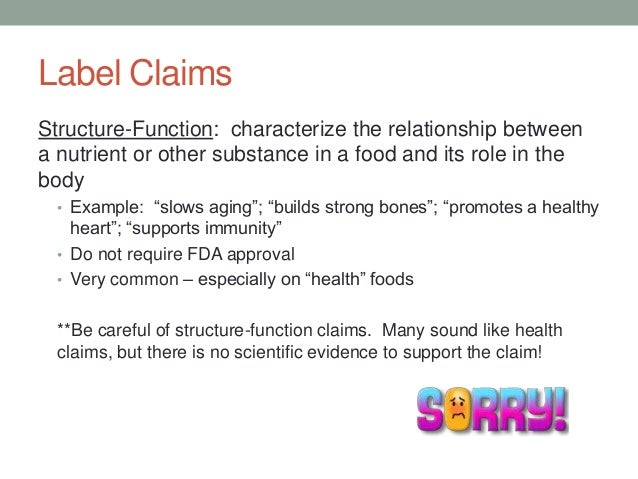

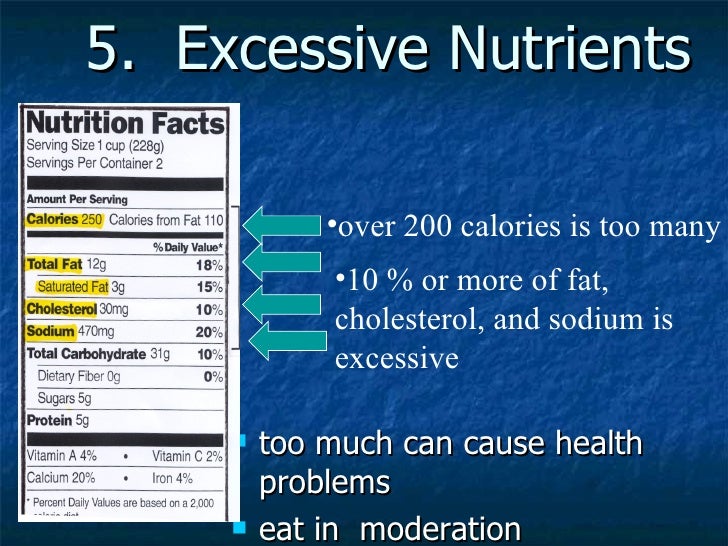

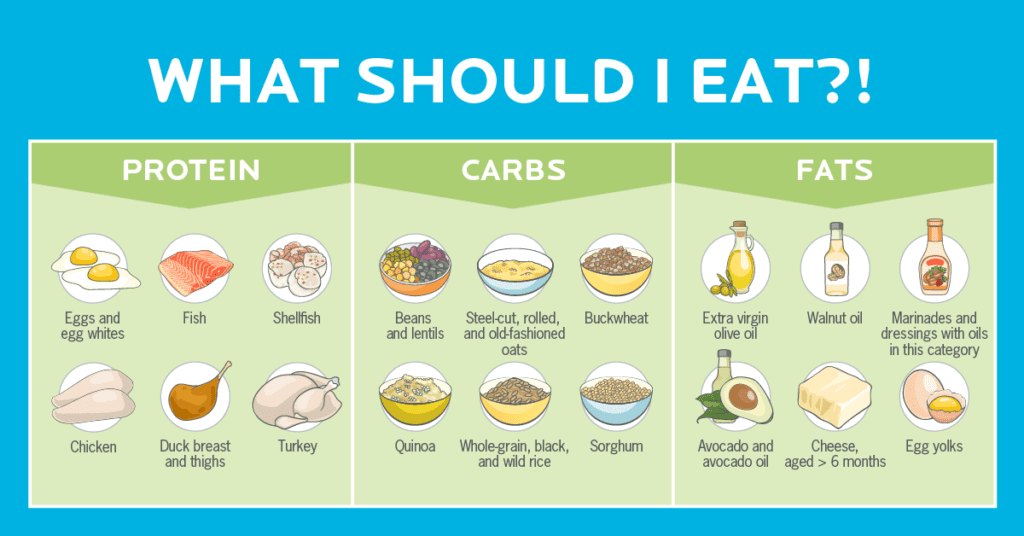

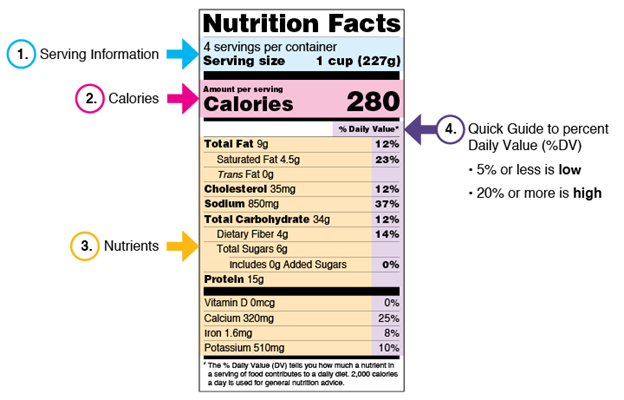


Post a Comment for "45 what are nutrient claims on food labels"